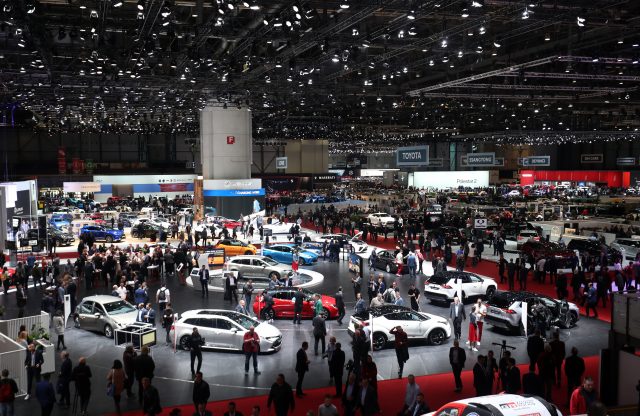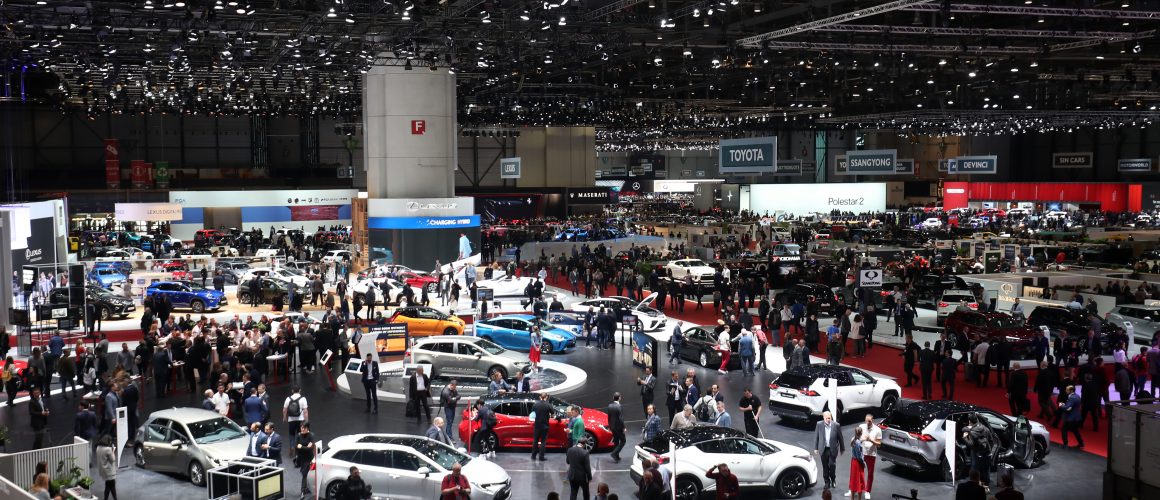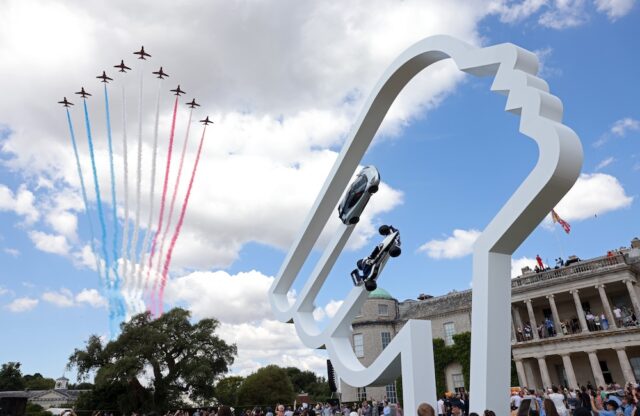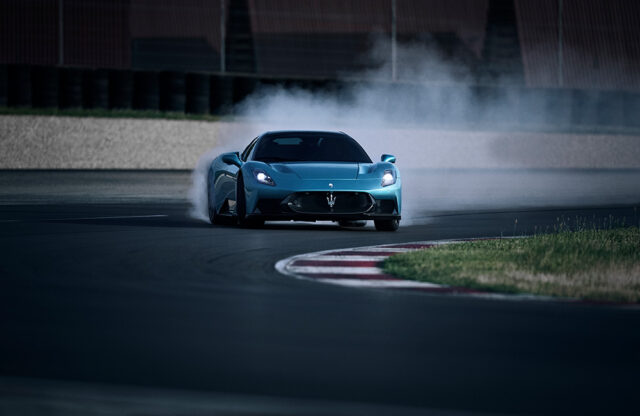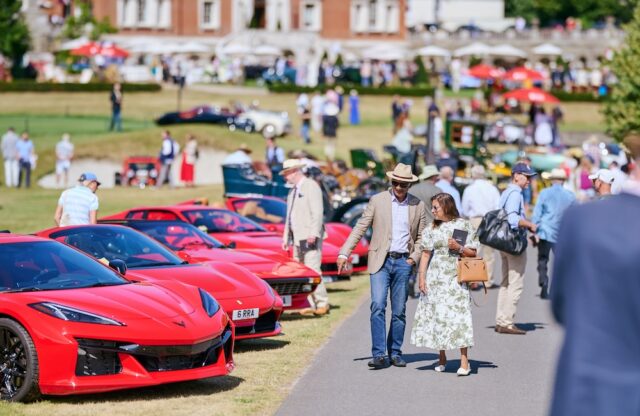WORDS: ELLIOTT HUGHES | PHOTOGRAPHY: VW, LAMBORGHINI, FERRARI, JAGUAR, MCLAREN, PORSCHE, LAND ROVER
The Geneva Motor Show will finally return for its 91st edition on February 14-19, 2023. The gigantic Swiss Salon was first held in 1905 and it has long ranked as one of the most important automotive events on the planet – but sadly, its survival has been far from assured in recent times. The nefarious and disruptive grip of the pandemic added to a cocktail of problems already threatening the show’s existence, such as the loss of interest from major OEMs and increased competition from events such as the Goodwood Festival of Speed.
But thankfully, the organisers have decided the show must go on. Geneva will surely evolve to overcome the modern challenges it faces; the chip shortage that interfered with the running of this year’s show, for example, doesn’t look to be resolved anytime soon. However, the involvement of Europe’s many great automotive specialists such as RUF, Bertone, Pininfarina, Alpina and Rinspeed as exhibitors, along with memorable launches from the world’s major manufacturers, mean the ingredients are still there for Geneva to be as great as ever.
To celebrate the Geneva Motor Show’s return, we’ve chosen ten of the greatest launches to take place under Swiss spotlights from years past.
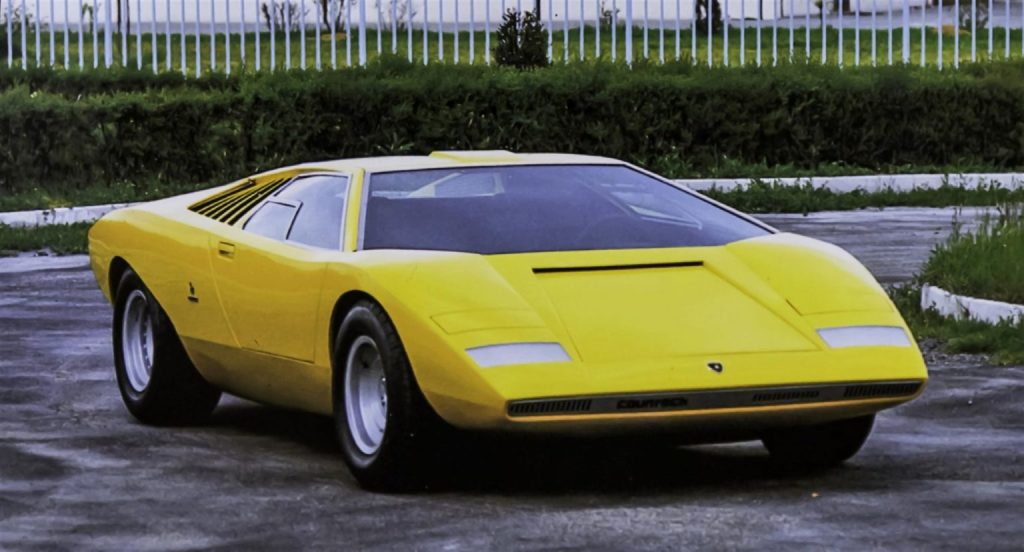
Lamborghini LP500 (1971)
Jaws dropped when Lamborghini’s bright-yellow LP500 prototype broke cover at 10am on March 11, 1971. Well heeled fans of the then-eight-year-old marque duly clamoured to purchase the arresting Bertone-designed supercar, which looked and went like nothing that came before it.
Despite their enthusiasm, would-be buyers would have to wait until 1974 as Lamborghini raced to turn its masterpiece into the production-spec LP400 Countach. It’s fair to say their patience was rewarded, as the LP400 retained the prototype’s dramatic scissor doors, longitudinally mounted V12 and wedgy bodywork. It also became one of the most iconic, if not the definitive, supercar; a concept Lamborghini effectively invented with the Miura.
Once the Countach emerged it enjoyed a long and successful production run from 1974 until 1990, beginning a lineage of flagship V12 Lamborghinis continued by the Diablo, Murcielago and Aventador. The LP500 prototype was seemingly lost to time after being crashed at the MIRA testing facility in the UK in 1974, but the game-changing car dramatically re-emerged in October 2021 after being miraculously resurrected by Polo Storico.
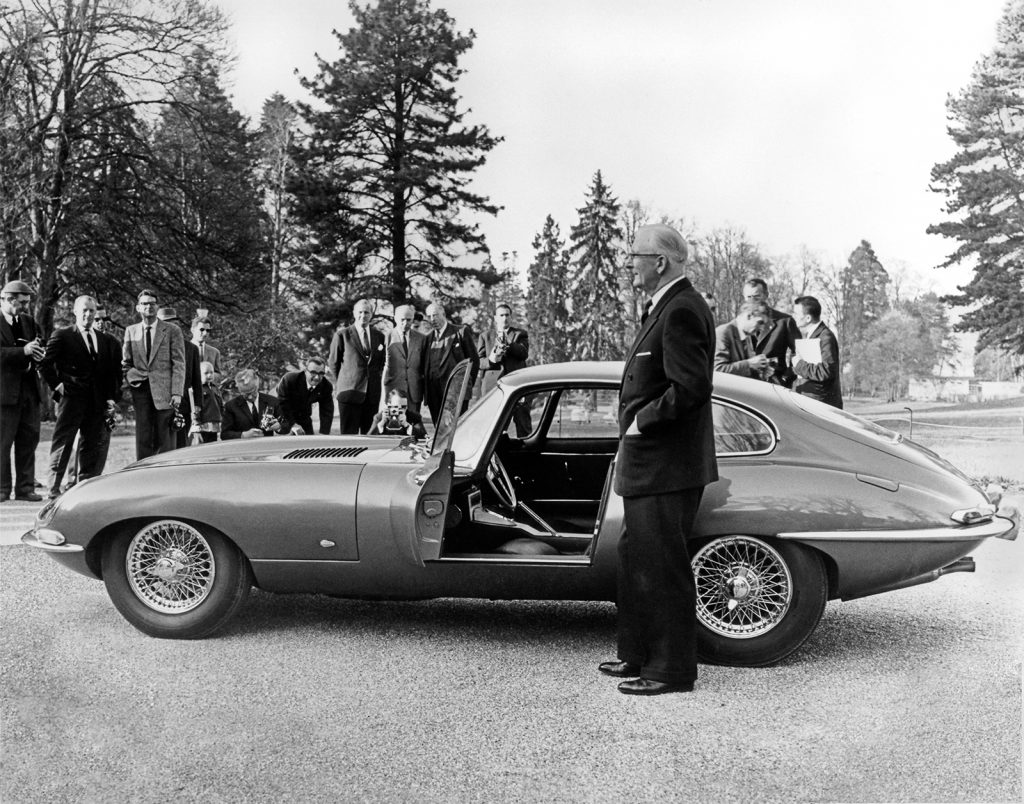
Jaguar E-type (1961)
The dramatic story of the Jaguar E-type launch is rightfully regarded as the most famous in the Geneva Motor Show’s 117-year history. The tale begins with Jaguar PR man Bob Berry arriving in Switzerland at the nick of time behind the wheel of the famed Fixed Head Coupé prototype ‘9600HP.’ “Good God, Berry, I thought you’d never get here!” came Jaguar founder Sir William Lyon’s laconic reaction to his arrival.
Allegedly described by Enzo Ferrari as “the most beautiful car in the world”, the E-type’s glamorous curves, impressive performance and generous pricing caused an immediate frenzy for test drives. So much so, that Lyons ordered Jaguar legend Norman Dewis to “drop everything” and retrace Berry’s wheeltracks in ‘77RW’, the prototype Roadster.
The gamble paid off with 500 orders made at the Geneva show alone, and the E-type became one of Jaguar and Britain’s most iconic products and a symbol of the Swinging 1960s. Jaguar honoured the E-type in 2021 by releasing 12 Continuation cars to mark the model’s 60th anniversary.
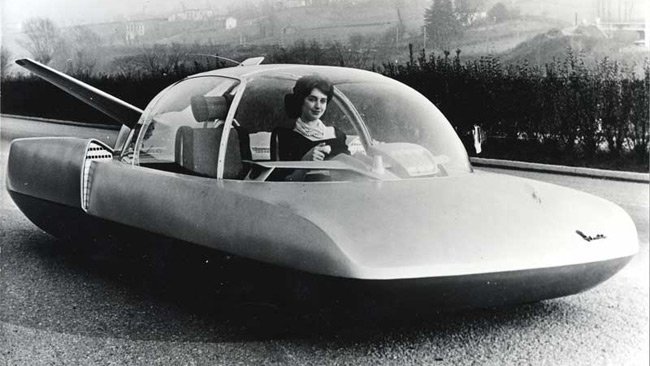
Simca Fulgur (1958)
It may look like a full-scale model of a car from The Jetsons, but the Simca Fulgur was in fact Robert Opron’s vision of an automobile from the year 2000. It’s a shame Opron’s imagination wasn’t closer to reality in aesthetic terms, as what actually transpired was dreary in comparison.
Even so, many of the Fulgur’s technical features were eerily similar to what’s found in modern cars. Firstly, it boasted a hybrid powertrain, albeit an atomic-electric version that as yet remains in the realms of science fiction. So too does Simca’s vision of on-the-go wireless charging from the public roads, although it’s an idea that has been widely discussed in recent years. Other features such as the electronic suspension, screens in place of traditional instruments and a radar system that analysed the road ahead are all found in millions of modern vehicles today. While the Simca Fulgur didn’t make it into production, many of the ideas it postulated are now commonplace.
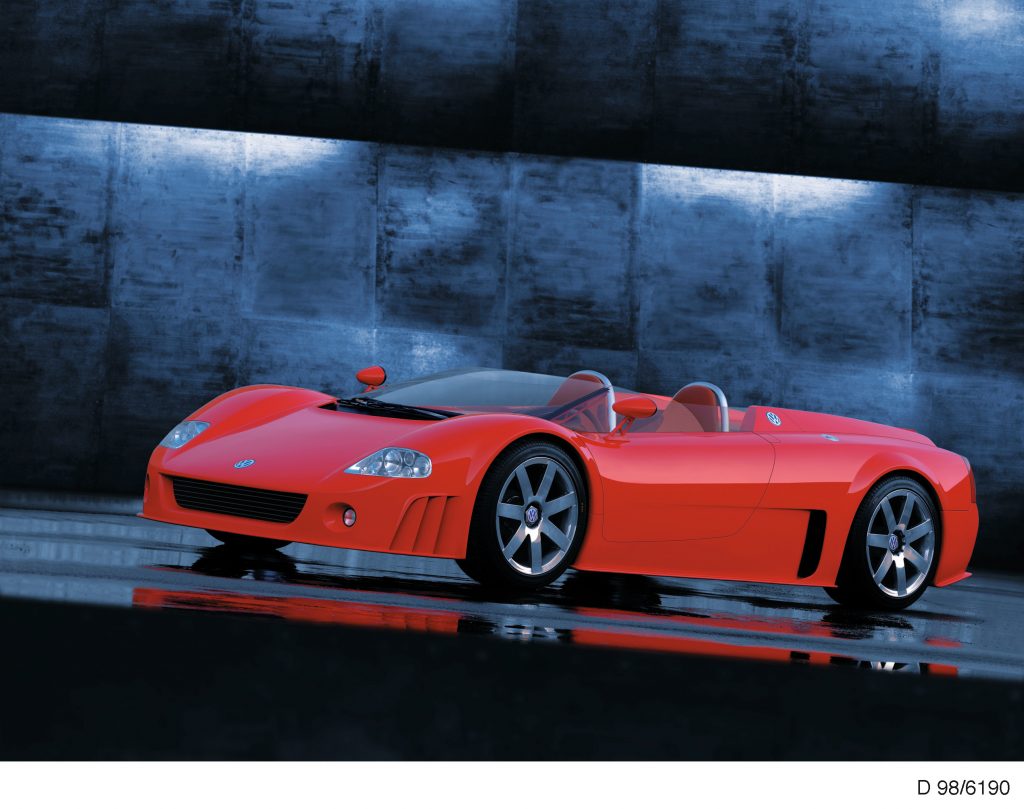
Volkswagen W12 Roadster (1998)
Designed in an era when VW was conquering the automotive world with acquisitions of esteemed marques such as Bentley, Lamborghini and Bugatti, the W12 Roadster showed that Wolfsburg’s confidence was at an all-time high.
The W12 Roadster followed the W12 Synchro that debuted at the 1997 Tokyo Motor Show, and was followed by the third and final W12 Nardó concept of 2001. All three cars were well received, and the Nardó famously set a 24-hour World Speed Record of 200.67mph at the Nardó test track in 2002.
Unfortunately, the W12 never made it into production, as the Volkswagen Group decided using the lessons learned through its development to create the W16-powered Bugatti Veyron in 2005 made more sense. Even so, the W12 engine still found its way into several VW Group products such as the Audi A8, VW Phaeton and Toureg, and Bentley Continental, Bentayga and Flying Spur.
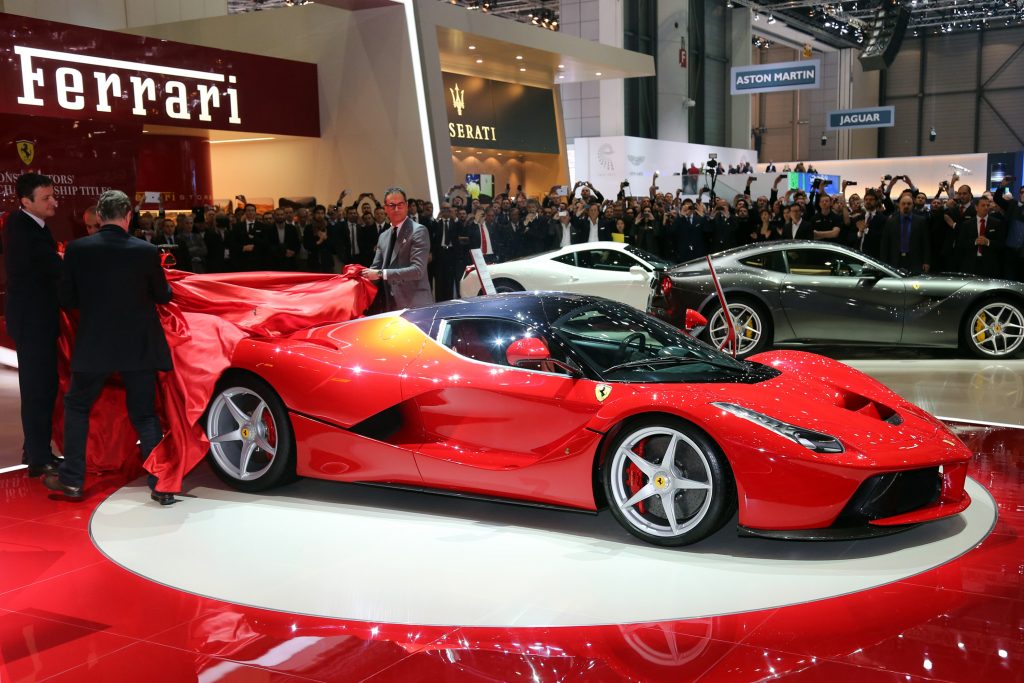
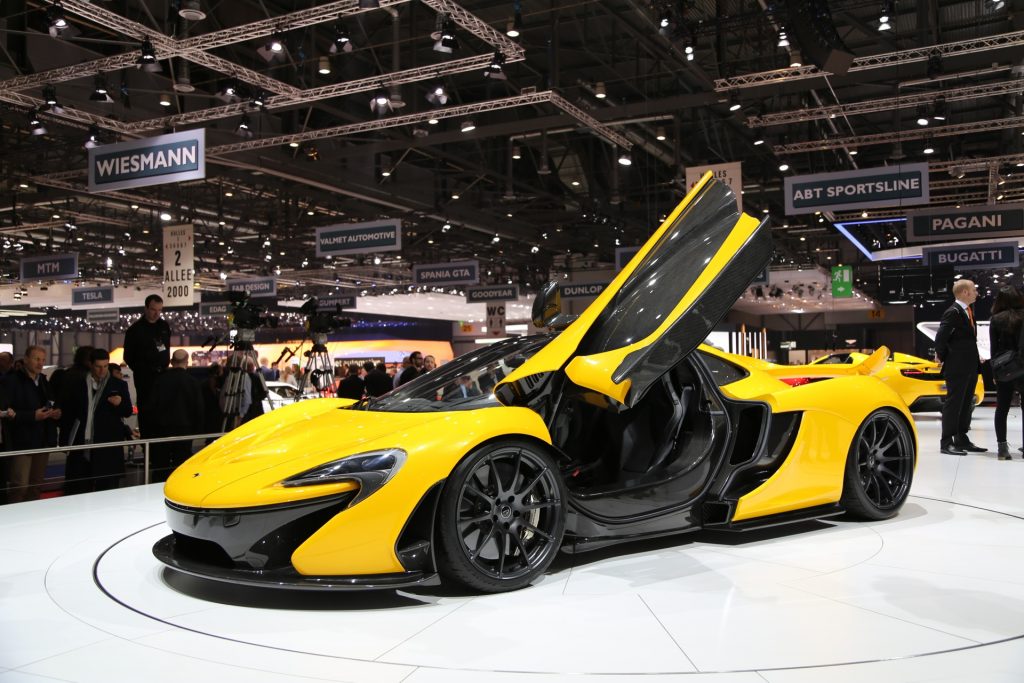
McLaren P1 and Ferrari LaFerrari (2013)
The ‘Holy Trinity’ of 2013 hypercars produced by Ferrari, McLaren and Porsche are often found near the top of high-profile collector car auctions today, selling for more than double their original list prices. And for good reason; these hypercars represented a watershed moment in performance car history, harnessing hybrid technologies usually reserved for efficiency to produce performance that was scarcely believable in a road car.
The fact that Ferrari’s LaFerrari and McLaren’s P1 shared the Geneva Motor Show floor in 2013 caused a huge level of excitement, and the cars dominated automotive media for months afterwards – particularly when they were joined by Porsche’s 918 later that year and the three were pitched in inevitable comparison tests. Whether the car world will be blessed with another Holy Trinity fitted with combustion engines remains to be seen – fingers crossed…
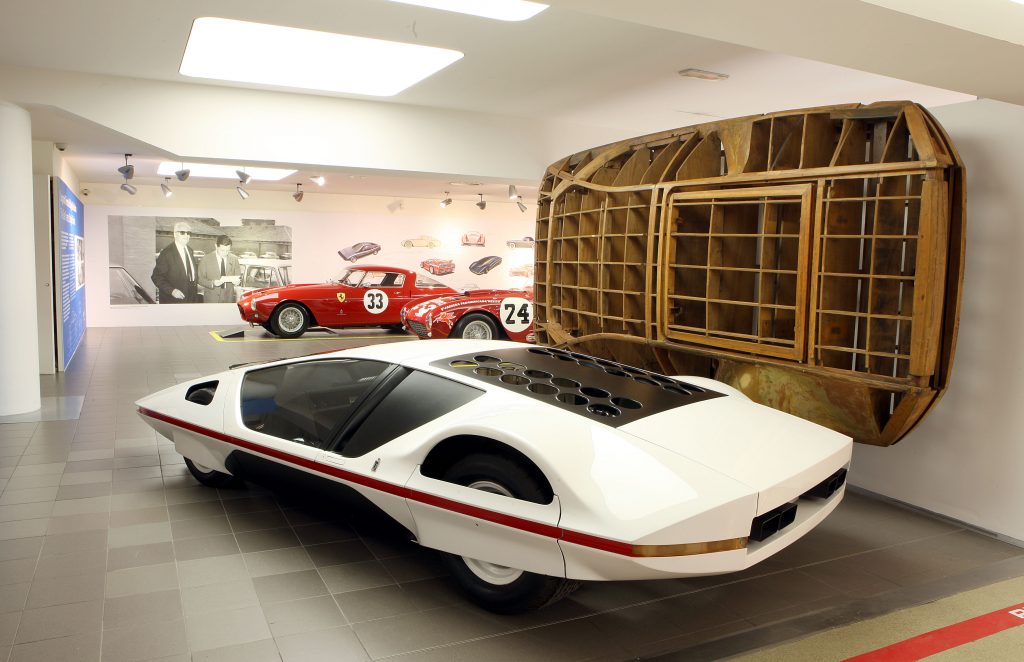
Pininfarina Ferrari Modulo (1970)
Pininfarina’s famous Ferrari 512S Modulo nearly didn’t happen – which is ironic, because it accrued 22 design awards on its way to becoming the Carrozzeria’s most famous concept car. The radical futuristic design with its semi-faired-in wheels and symmetrical profile proved a hard sell, so much so that designer Paolo Martin resorted to penning the car in secret, after hours.
Martin revealed in 2014 that the design itself dates back to 1967, and it was reluctantly given the green light in late 1969 much to the chagrin of boss Sergio Pininfarina. If the company had anything else in reserve for the impending 1970 Geneva show, there’s a good chance the Modulo would never have seen the light of day.
Despite the reservations of Sergio, and some initial backlash from the motoring press, the car captured the public’s imagination and was displayed at major automotive events well into the 1980s. An era of much-loved wedgy styling from Italian design houses ensued, exemplified by the Lancia Stratos, Lamborghini Countach and Ferrari Testarossa.
Today the Pininfarina Ferrari Modulo is owned by ex-Hollywood producer and director Jim Glickenhaus, who has bravely had the car put into working order. Personally, we love the Modulo; we ranked it as number one in our Top 50 Concept Cars feature back in Magneto issue 3, and reunited it with the equally dramatic Lancia Stratos Zero on the roof of the Lingotto Factory in issue 5.
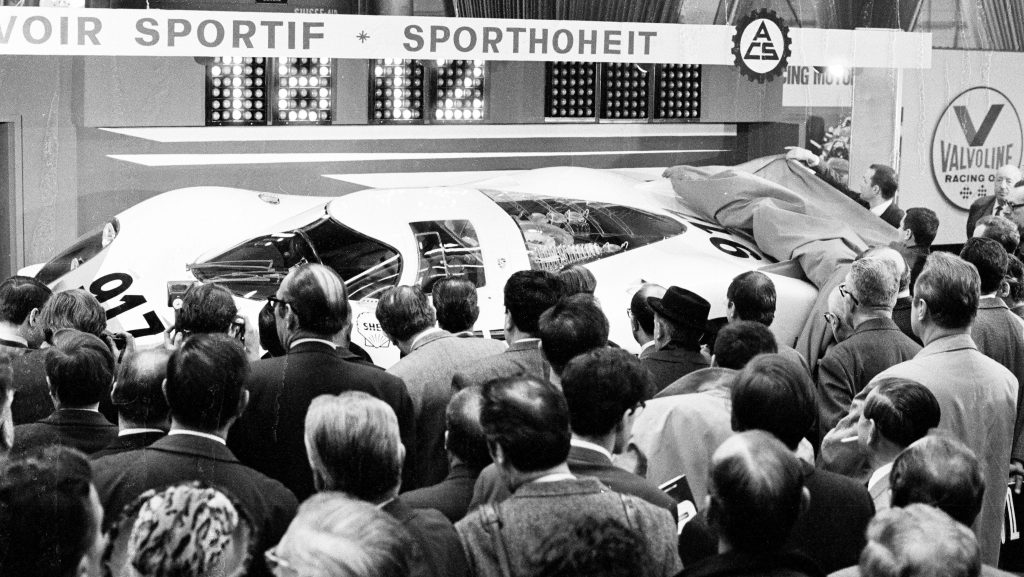
Porsche 917 (1969)
Ferdinand Piëch changed the motor sport world forever when he proudly unfurled the cover of the Porsche 917 Chassis 001 for the first time at the Geneva Motor Show at 3:09pm on March 12, 1969. Today, its sleek, aggressive bodywork and the howl of its air-cooled flat-12 have become the stuff of legend.
The 917 went on to take the first of Porsche’s 19 overall victories at the Le Mans 24 Hours in 1970 with Hans Herrmann and Richard Attwood, and was immortalised in Steve McQueen’s Le Mans film. Elegant, intimidating and scarily fast, it’s no wonder that the 917 is arguably the most recognisable racing car ever created.
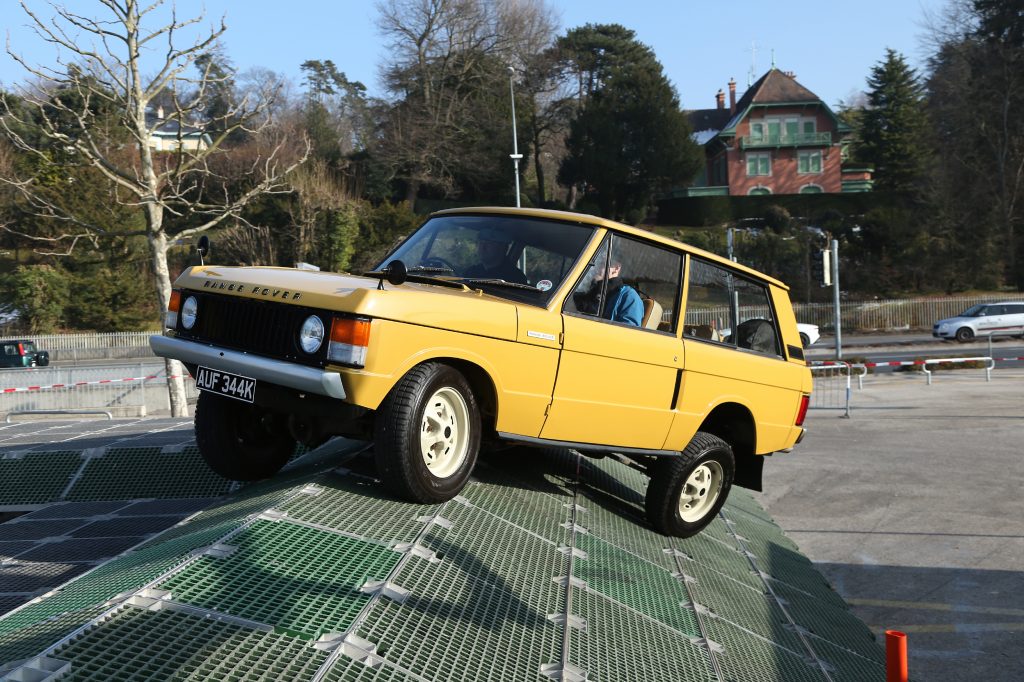
Range Rover Classic (1970)
Unveiled to the world at the 1970 Geneva Motor Show as ‘The Car for all Reasons’, the iconic first-generation Range Rover is one of the British car industry’s greatest success stories. It was born at a time when ‘luxury’ and ‘off-road’ were oxymorons, so few would have predicted a production run lasting until 1996 and popularity with clientele as varied as the British royal family and American NBA stars.
Ironically, it was Jeep that created the luxury SUV concept with its Wagoneer, but the Range Rover’s stylistic presence and refinement of the recipe meant it was Land Rover that reaped the plaudits. Indeed, it was the 1948 Land-Rover that pulled a similar trick when the marque saw the agricultural potential of the battle-proven Willys Jeep.

Volkswagen XL1 (2013)
Breaking cover at the 2013 Geneva Motor Show, the space -ge XL1 was the result of an arduous development process that began in 2002 with the release of the original 1-Litre prototype. The goal was to create the most fuel-efficient car possible using cutting-edge technologies showcased in various concept cars.
Unlike the concepts that inspired it, the XL1 found its way into production, albeit at a limit of 200 units priced at £98,515 ($148,000) apiece. Although criticised for the high asking price and exclusivity, the XL1 remains one of the most fuel-efficient cars ever created and was capable of 313mpg thanks to its 795kg kerbweight and frugal diesel-electric plug-in hybrid powertrain. The XL1’s stunning bodywork also creates just 0.19cd of drag, which tied with the General Motors EV1 as the lowest number of any production car.
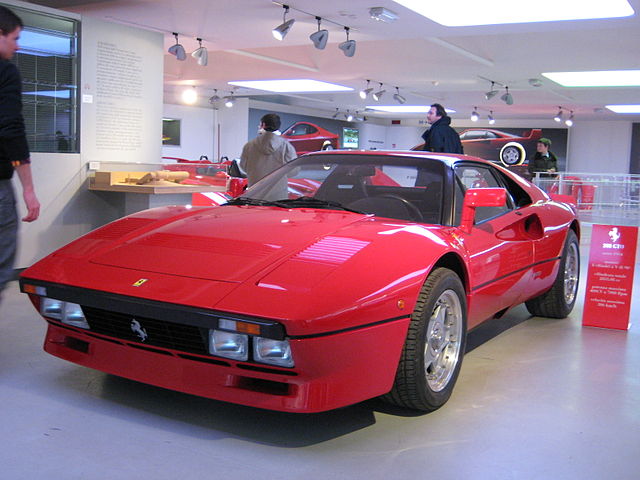
Ferrari 288GTO (1984)
Looks were perhaps deceiving when Geneva Motor Show visitors first laid eyes on the 288GTO in 1984. While the car strongly resembled a 308GTB, its familiar shape belied a model laden with an arsenal of cutting-edge motor sport technology. The 288GTO was created as a homologation car for the Group B Circuit Race series, and consequently included race-proven innovations such as turbocharging and carbonfibre construction; the latter was a particular rarity at the time. The result was the most focused and capable Ferrari road car ever created.
As fate would have it, the 288GTO never raced in Group B, but its legacy lived on through a descendancy of limited-production mid-engined Ferrari halo cars: the F40, F50, Enzo and LaFerrari. Just 207 288GTOs were produced, and the model remains among the most coveted Prancing Horses to this day.
